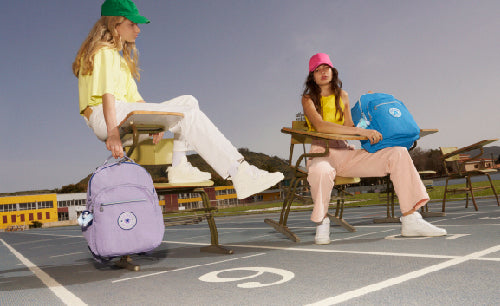Doing the work of 100 hands, the Backpack has perhaps had a shorter history than you may imagine. People have been hauling things on their backs since the dawn of time, although the backpack did not start to take shape until the late 1800s.
Henry’s Haul
Our journey into the history of the backpack begins in 1878 with a man named Henry Merriam. Merriam used a metal frame to position the bag away from the back and discounted the need for straps and buckles. He believed this would free up the soldier’s arms.
Unfortunately, that was not entirely the case, and his patented army use knapsack turned out to be rather uncomfortable.
Ole, Ole, Ole, Ole
Next up in our exploration of the hikes and trails of history, we find a man by the name of Ole Bergan. The Norwegian inventor and hunter returned from one such hunting trip with incredibly sore shoulders and decided there must be a better way.
Bergan bent a piece of juniper wood to follow the contours of his back, he then hung his cloth sack over the timber. Later, he replaced the juniper wood with some lightweight steel tubing and the patent remained popular for around 25 years.
Lloyd Lifts It
Back in the US of A, during the 1920s a certain Lloyd Nelson, unaware of Bergan’s basic backpack, took note of the indigenous sacks used by the Alaskans. Their sealskin and wood packs served to inspire a vision and using a wooden frame and canvas bands, he designed his ‘Trapper Pack’.
Steel pins allowed the cloth satchel to be removed from the wooden frame with ease. The Trapper Pack went on to be one of the first backpacks to be mass-produced.
Cunningham’s Closers
The addition of zippers, replacing belts and buckles for fasteners meant even quicker access and a lighter load. With backpacks still used primarily for hiking and outdoor activity, Gerry Cunningham found his bag slid around too much.
In 1938 he fashioned a zip-up backpack, also replacing the canvas with nylon. The addition of nylon further lightened the backpack with zippers providing quick access to the contents. Gerry continued to make backpacks long into the latter part of the 20th century.
An Abundance of Materials
After the end of WW2 there were an abundance of material left over. The mass production of bags led to their use for more than just hikes and outdoor activity. Students embraced the backpack as a convenient way to carry their books and other educational belongings.
With the rise of the school bag, the backpack split off into different routes. There were backpacks for indoor use and outdoor use. The resulting explosion in bag manufacturing led to bags being made for all ages, and even designer backpacks for the fashion industry and collectors.
At Kipling, we draw from a wealth of knowledge and technology to create comfortable, fashionable and durable backpacks. Click for our full collection of backpacks. Or here for totes, cross body and backpacks in Dubai.









